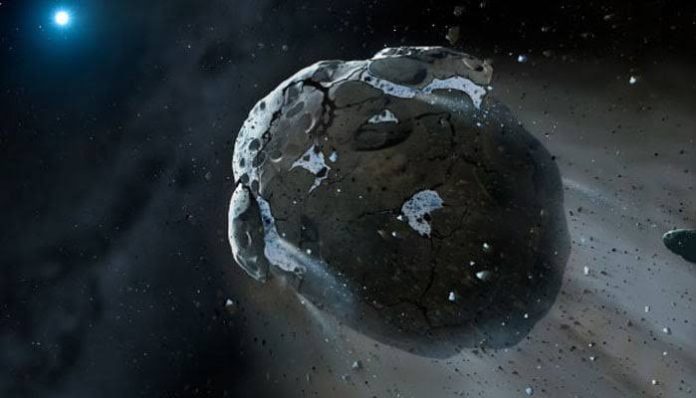The recent detection of water molecules on the surface of asteroids marks a significant milestone in our understanding of the solar system’s composition and history. This groundbreaking discovery, facilitated by NASA’s Stratospheric Observatory for Infrared Astronomy (SOFIA), represents a crucial step forward in unraveling the mysteries surrounding the distribution of water in our cosmic neighborhood.
Led by Anicia Arredondo of the Southwest Research Institute, the study focused on four silicate-rich asteroids, among them Iris and Massalia. Utilizing SOFIA’s advanced Faint Object InfraRed Camera (FORCAST) instrument, researchers were able to identify the presence of water molecules on the surfaces of two of these asteroids. This finding provides invaluable insights into the mechanisms responsible for delivering water to celestial bodies like Earth during the early stages of the solar system’s formation.
Asteroids serve as invaluable remnants of the planetary formation process, offering glimpses into the conditions that prevailed billions of years ago. By pinpointing water molecules on their surfaces, scientists can infer the role these rocky bodies played in distributing water-rich materials throughout the solar system. This, in turn, sheds light on the potential origins of water on Earth and other planets, crucial for understanding the emergence and sustainability of life.
The parallels drawn between this discovery and previous observations of water on the moon’s surface underscore the interconnected nature of celestial bodies within our solar system. Whether through chemical bonding with minerals or adsorption within silicates, the mechanisms by which water is retained on these asteroids offer tantalizing clues about the dynamics at play during the early epochs of planetary formation.
In essence, this groundbreaking discovery not only expands our knowledge of water’s prevalence in the solar system but also deepens our appreciation for the intricate processes that have shaped the cosmic landscape we inhabit. As researchers continue to unravel the mysteries of our celestial surroundings, each new revelation brings us closer to understanding our place in the vast expanse of the universe.


